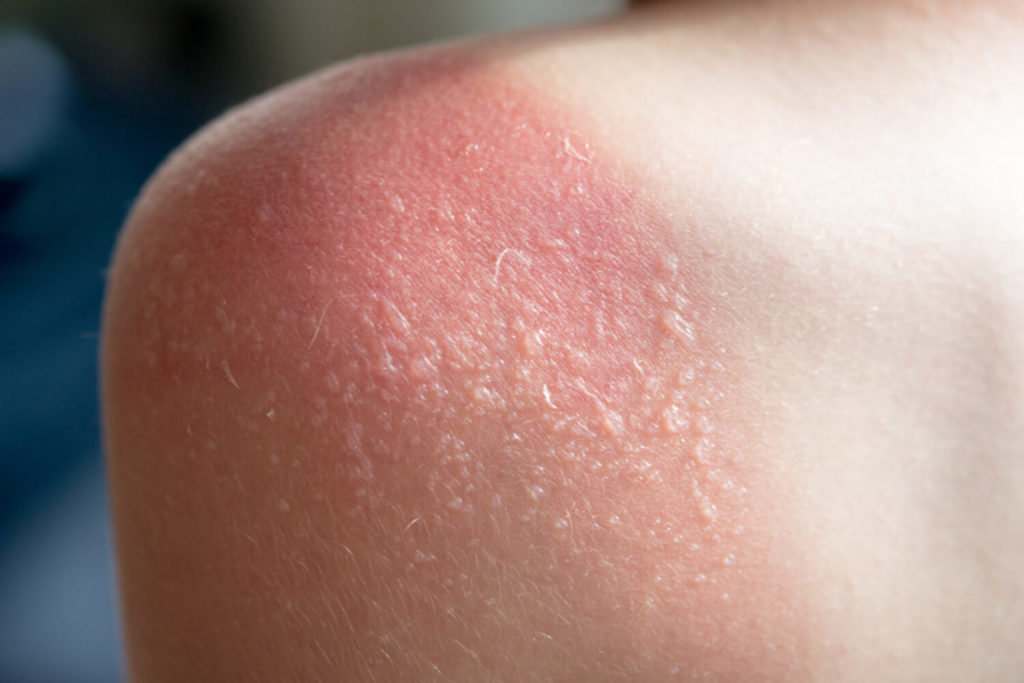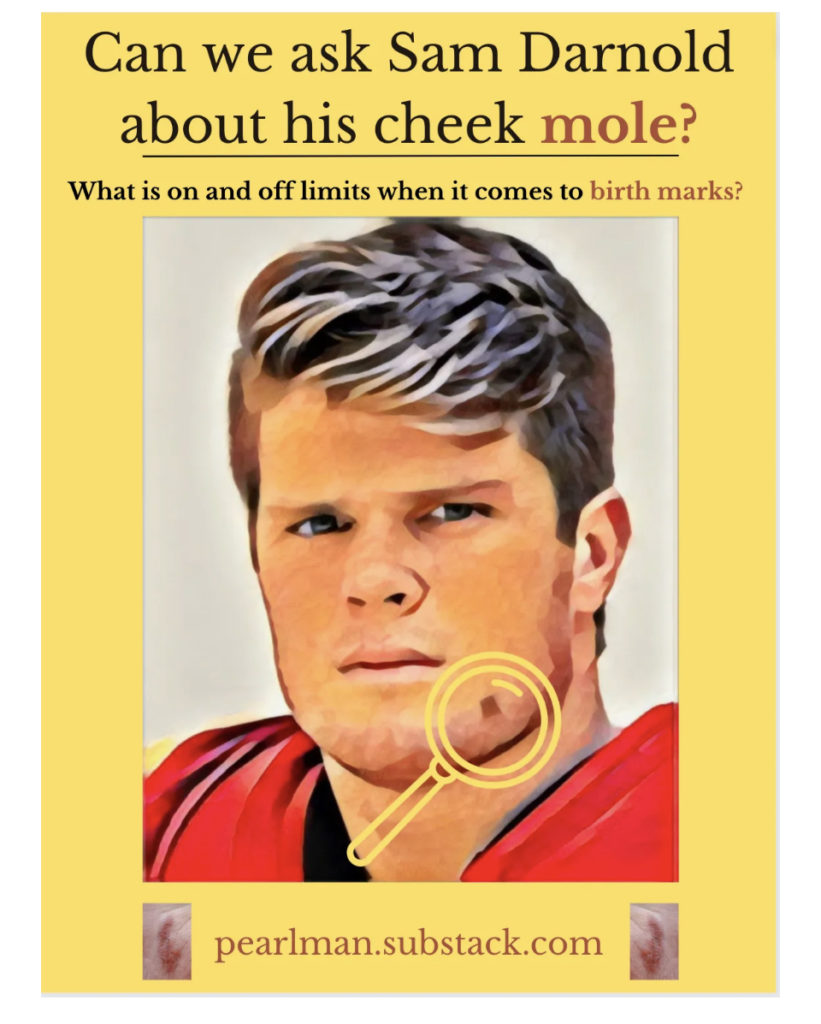When to Get Dermatology Treatment for Your Nails
We’re now half-way through March and with April just around the corner and the weather getting warmer, sandal season is here. But that means if you have toenail problems, you can’t hide them anymore under your socks and shoes. So, you have a choice, either miss out on sandal weather or take care of those toenail fungus problems.
Of course, fungal infections aren’t the only conditions of the feet covered by medical dermatology. Thankfully, many mild conditions resolve on their own, but to help you know when you need to see a dermatology specialist, keep reading to learn about five important signs you should look out for.
Nail Discoloration
One of the main signs of toenail fungus is discoloration of the nail. Most often, nails become darker brown and yellowish. In rare cases, the discoloration can be pale white. As soon as you notice discoloration, you should talk to a dermatology practitioner. On its own, nail fungus will not get better.
Nail discolor can also be a sign of physical trauma. A damaged nail will appear purple or bruised. Normally, these will heal on their own.
However, a dark discoloration of the nail can also be a sign of melanoma. In these cases, the discoloration will present as a dark streak through the nail. This can occur on both the fingernails and the toenails. Thankfully, not every dark streak is a case of melanoma, but it should still be examined by a dermatology professional.
Nail Deformities
Beyond discoloration, unhealthy nails may also become warped. Nail deformities have a variety of causes. Some deformities are merely aesthetic problems, but other deformities lead to serious bacterial infections.
Pitted Nails
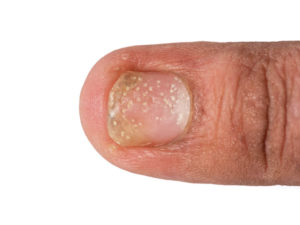
Some diseases cause your nails to look pitted and scarred with tiny indents. Psoriasis, atopic dermatitis and alopecia are all potential causes of pitted nails. For an accurate medical diagnosis for pitted nails, visit our Get Started page to create an appointment.
Spoon Nails
If nails become thin, they can become dipped in the middle and raised on the sides, creating a “scoop” or spoon shape. Generally, spoon-shaped nails are a sign of iron deficiency.
Clubbed Nails
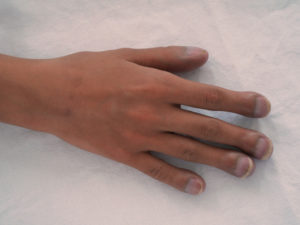
Nail clubbing caused the ends of the fingers to become swollen and bloated-looking. The nails become spongy to the touch and lighter in color. The angle of the nail also slopes downward until the nail resembles an upside-down spoon.
Many cases of clubbing have been linked to lung disease, so it’s important to talk to your doctor or a dermatology practitioner to assess your overall health.
Beau’s Lines
Deep lines can form horizontally in the middle of the nails, causing physical malformation of the nail. Causes include stress, serious medical conditions and chemotherapy. In time, Beau’s lines will grow out.
Washboard Nails
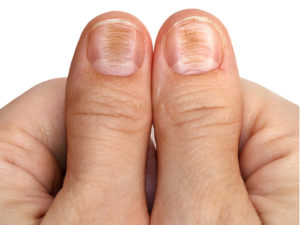
Also called ridged nails, washboard nails are caused by repeated picking or fidgeting with your nails. Tics are another cause of ridged nails. Breaking the habit will allow the nails to grow out normally.
Psoriasis of the Nails
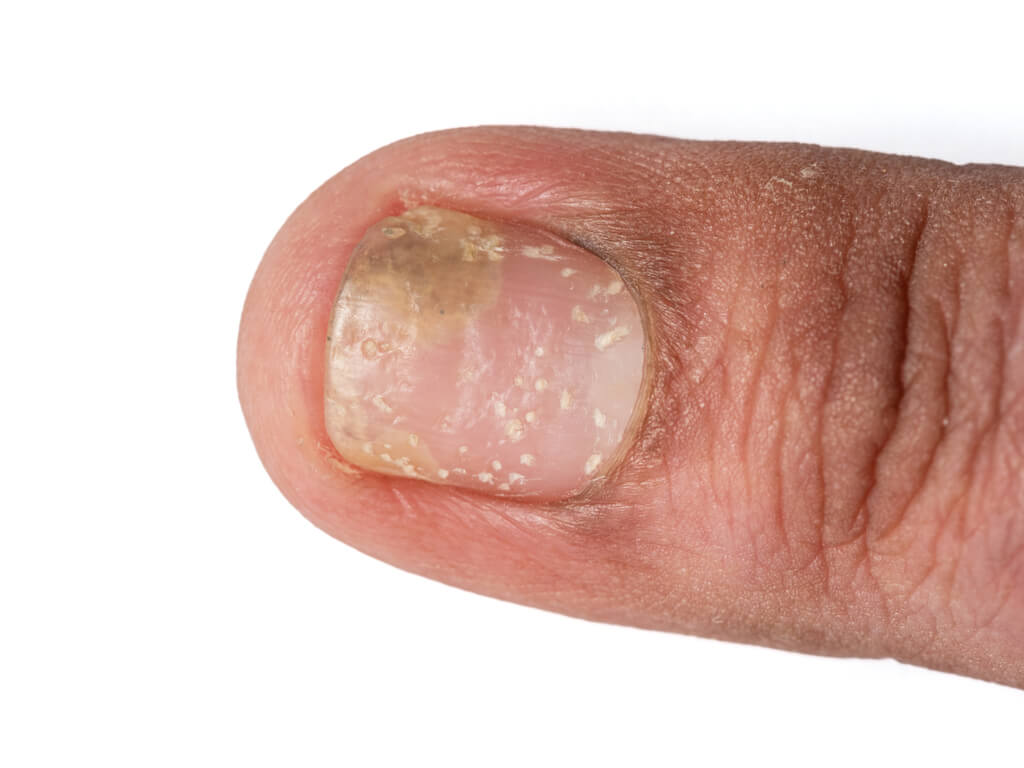
Psoriasis is a condition that can affect all areas of the body, including the nails. Nail psoriasis causes weakness in the nails which presents symptoms such as icepick marks, nail lifting from the nailbed, fungal infections, and thickening.
Athlete’s Foot
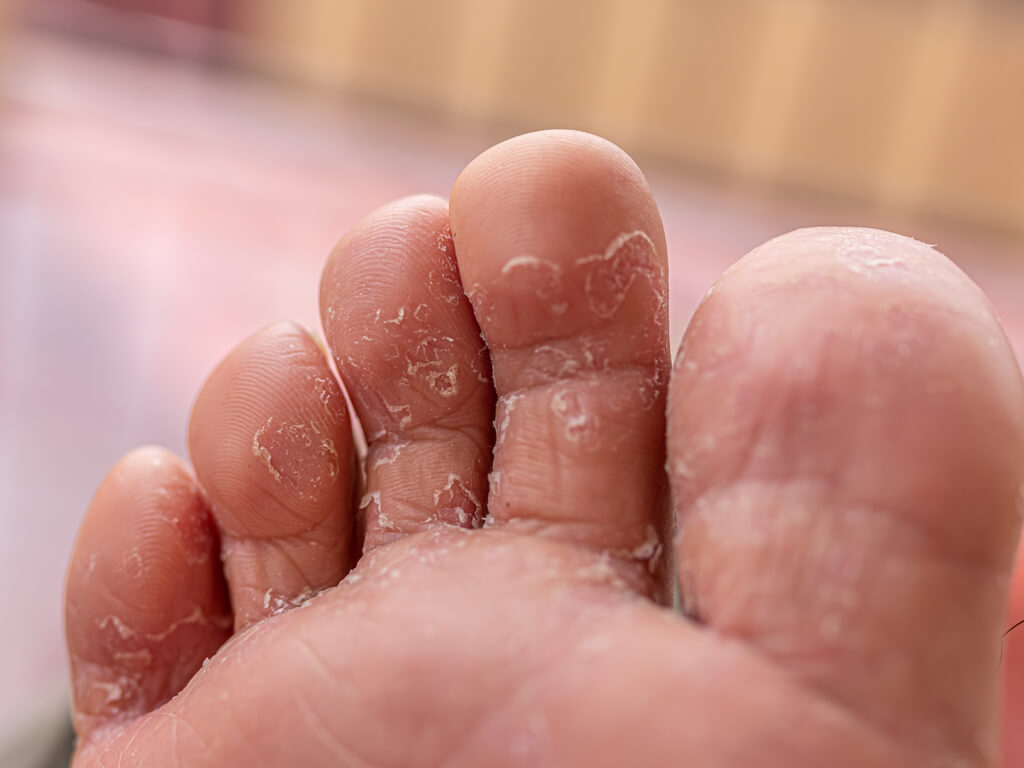
Medically known as tinea pedis, athlete’s foot is a common fungal rash caused by a foot fungus similar to ringworm. Symptoms present as a scaly, itchy rash. It spreads easily, but thankfully it’s also easy to treat. You should start treating it as soon as possible because if it spreads under the toenails, it becomes toenail fungus and becomes harder to treat.
How to Get Rid of Athlete’s Foot
Treating athlete’s foot usually doesn’t require much more than the application of an antifungal cream like miconazole. Other potential remedies include soaking the feet in hydrogen peroxide, applying tea tree oil or another antifungal treatment. If topical treatment doesn’t work, oral antifungal medications are also effective.
Bacterial Infections
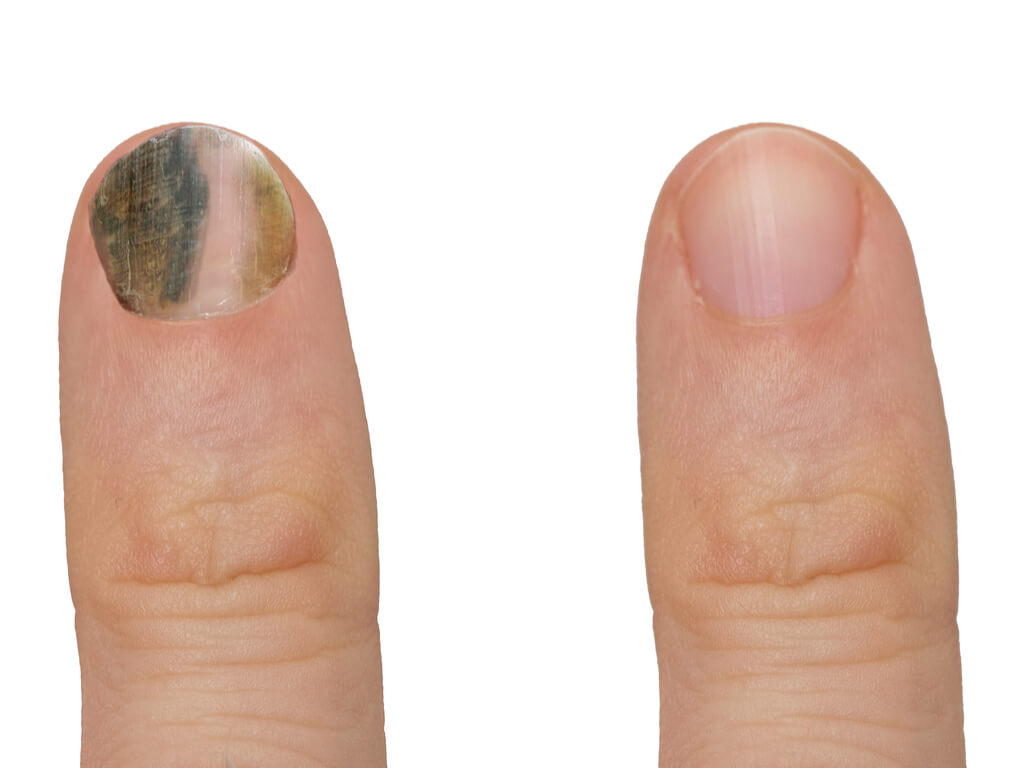
The most common bacterial nail infection is called paronychia. Symptoms include swelling and inflammation around the nail plate. Pus-filled lesions around the finger or toenail is another common symptom.
Ingrown Nails
These can occur both on the fingernails and the toenails. However, ingrown toenails occur more frequently than ingrown fingernails and develop most often on the big toe.
What is Toenail Fungus?
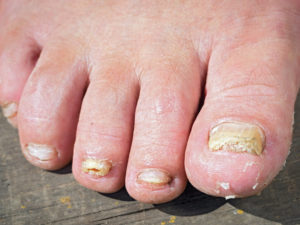
Toenail fungus is the same fungus that causes athlete’s foot. However, when it grows under the toenails it is referred to as onychomycosis. Symptoms of toenail fungus include:
- Thickening of the nails
- White, yellow, or yellow-brown nail discoloration
- Nails becoming brittle, ragged or crumbly
- Nails becoming misshapen or lifted
- Build-up of debris under the nail
- Slightly foul-smelling odor
What is the Best Way to Get Rid of Toenail Fungus?
Because toenail fungus grows under the hard-to-reach nail beds, oral antifungal medications are the first step in treatment. Typically, patients take these medications for a period of six to twelve weeks until the infection clears. However, the damage from the fungus will not be fixed until the nail grows all the way out.
Which Medications are Effective for Toenail Fungus?
The oral antifungal pills that work best on nail fungus include:
- Fluconazole
- Griseofulvin
- Itraconazole
- Terbinafine
If you have liver problems, these may not be the right option for you. Just please remember to include any liver concerns in your medical history when you set up an appointment.
Why is Toenail Fungus so Hard to Eliminate?
Toenail fungus is hard to get rid of because it can grow into all the layers of the nail. The fungus may start growing under or on top of the nail, and then it will slowly seep into the nail. That’s why oral antifungal treatment is the most effective way to get rid of an infection.
Can I Prevent Toenail Fungus?
The best way to take care of toenail fungus is to prevent an infection before it starts. Make sure you use shoes that fit well. If you visit public pools or gyms, make sure you use sandals to protect your feet from picking up an infection.
Moisture-wicking socks and foot powder can help keep your feet clean and dry and make it harder for the fungus to grow. Using antifungal creams, especially if you notice athlete’s foot, will protect your nails from infection.
Will I Have to Get My Toenail Trimmed?
If you have an advanced toenail fungal infection, you will most likely need to visit a podiatrist to safely remove the infection. Usually, this procedure involves no pain because advanced infections usually separate the nail from the nail bed.
Will I Need to Throw Away my Shoes?
Not necessarily, however, the fungus can live on shoes, sandals, nail clippers, and socks. You can use an antifungal spray to disinfect your shoes and socks. Additionally, so long as you thoroughly clean and disinfect your nail clippers, you won’t have to throw away your old ones.
Make An Appointment for Toenail Fungus and Nail Problems with Tennessee Telederm
If you’ve noticed any of these symptoms, make an online dermatology appointment with Kristen Stirling, APRN to start getting treatment.


